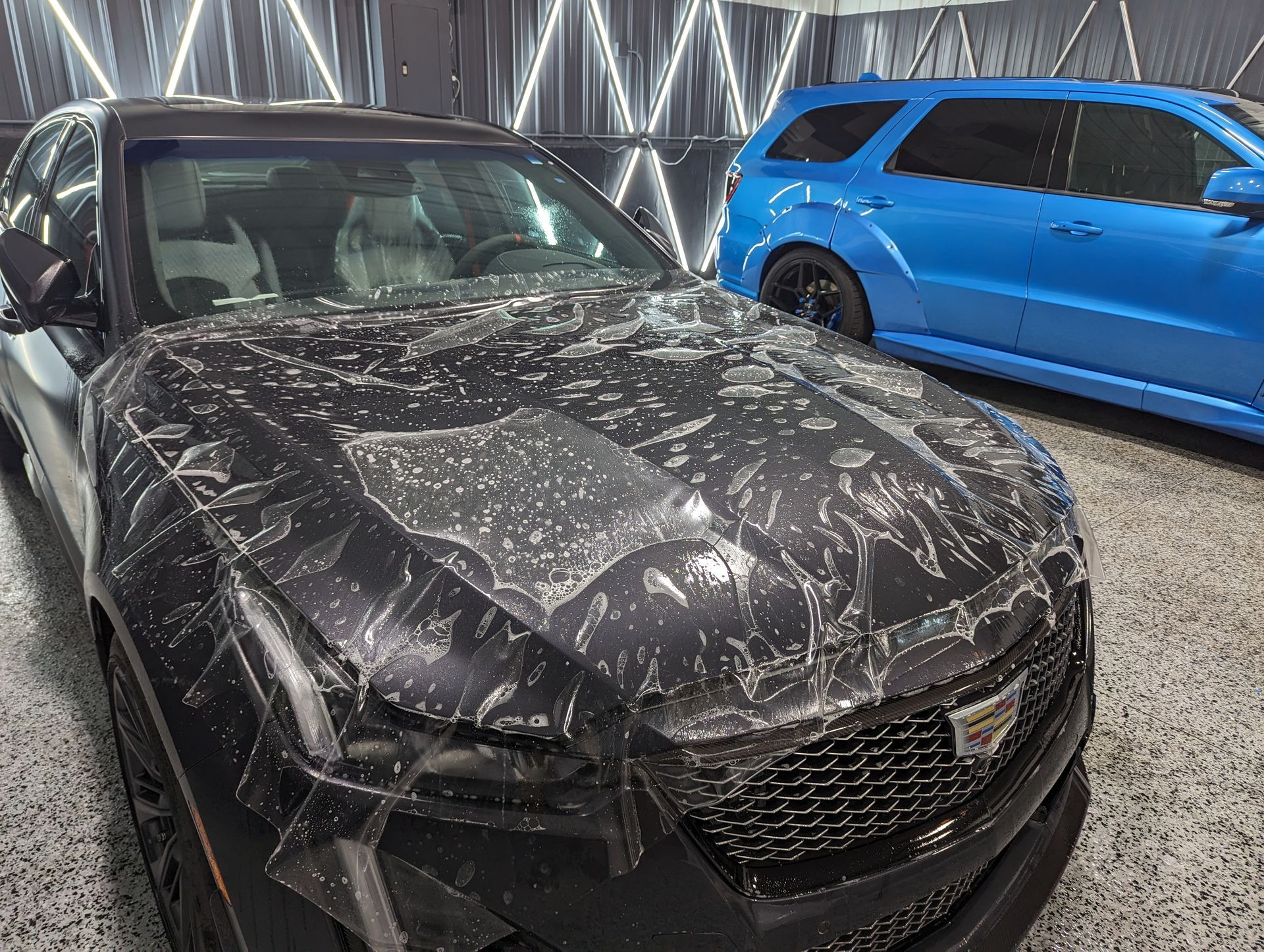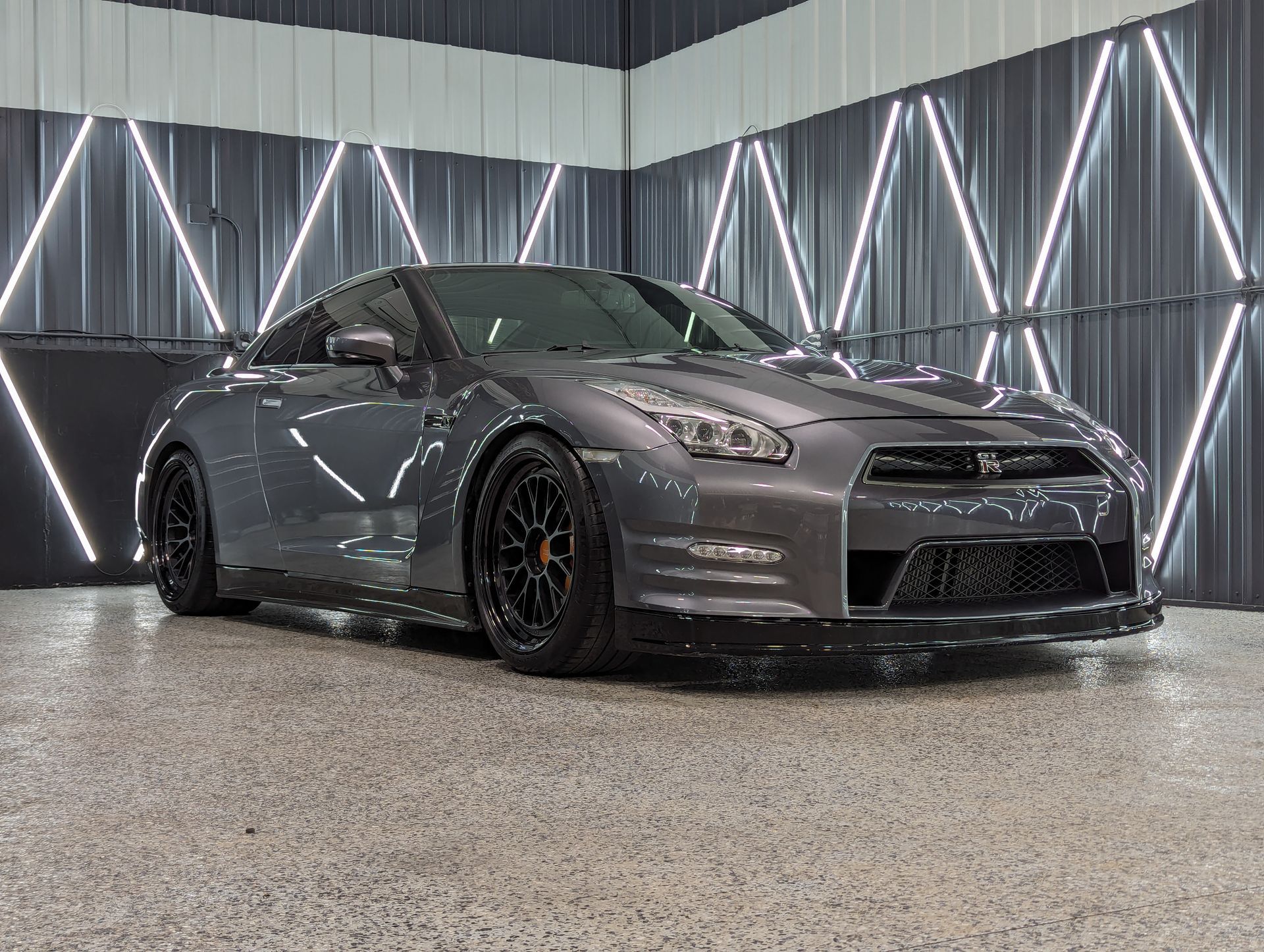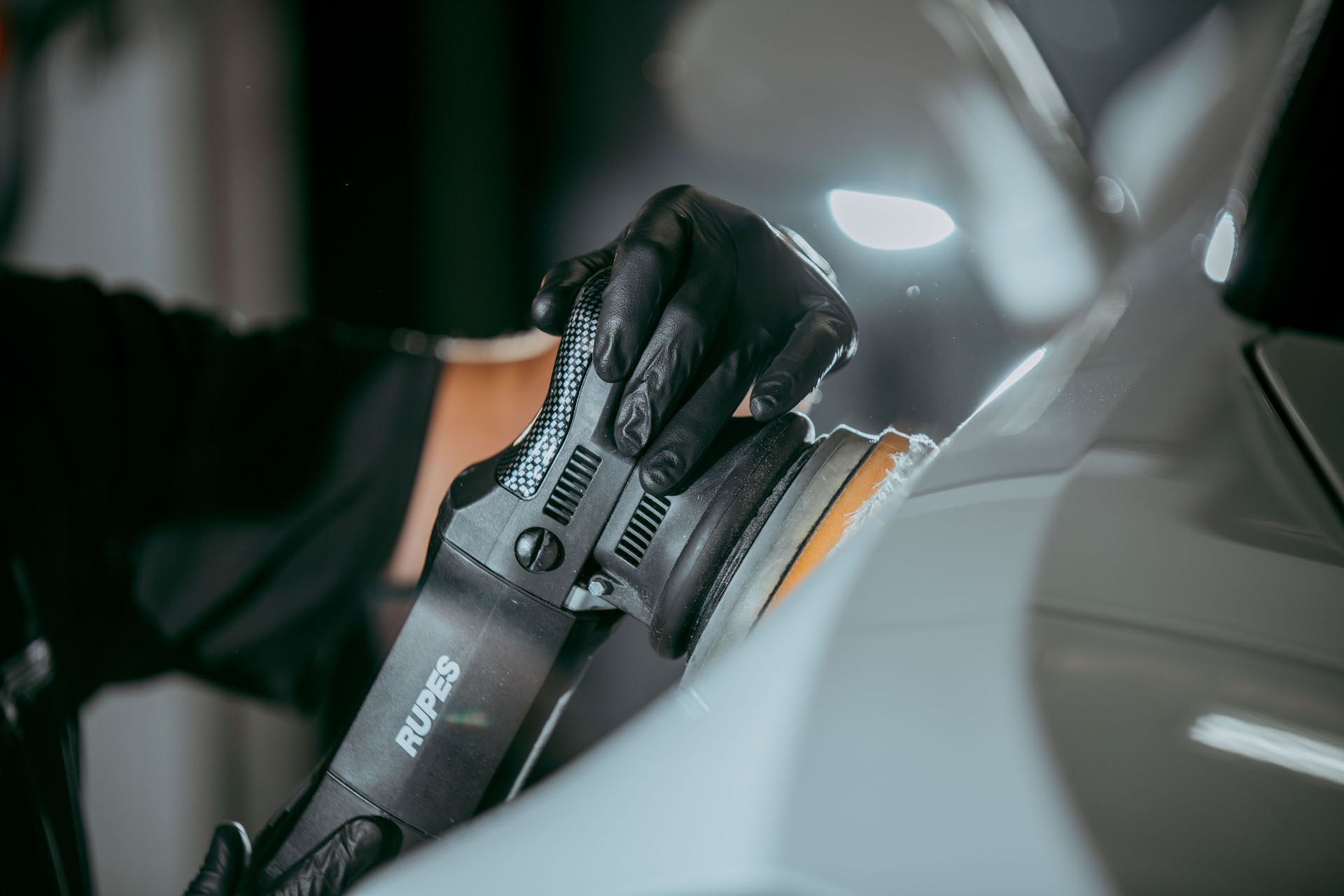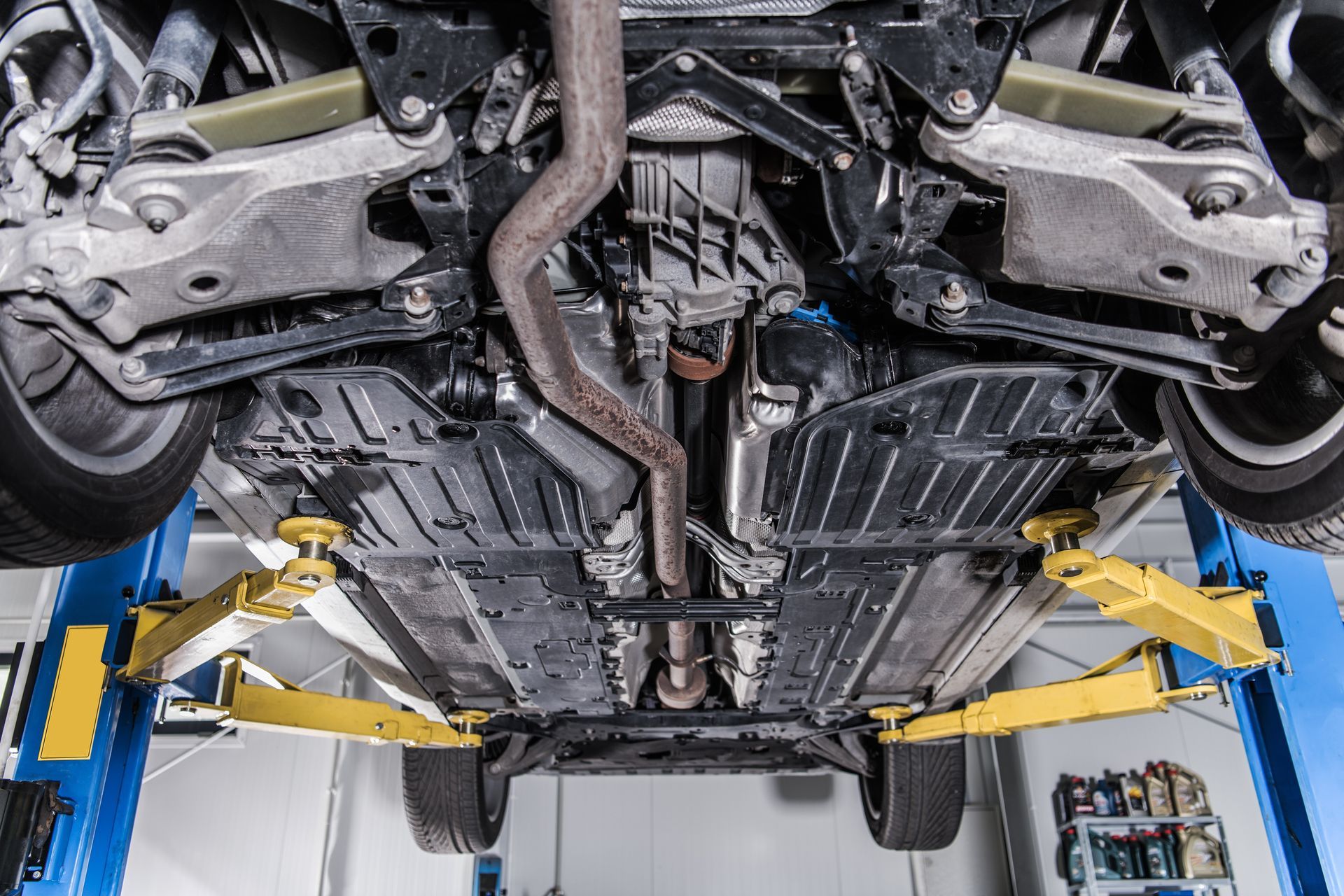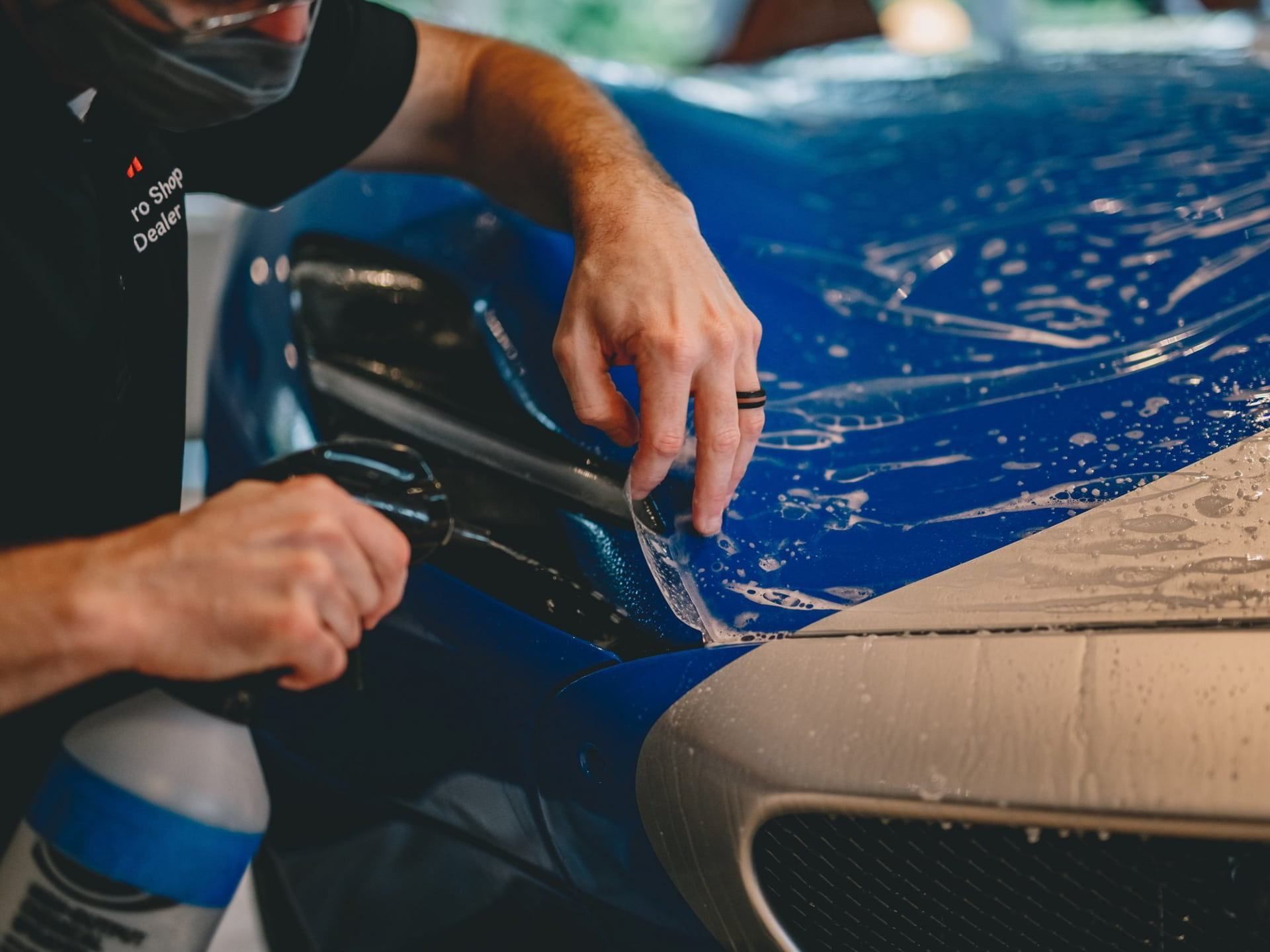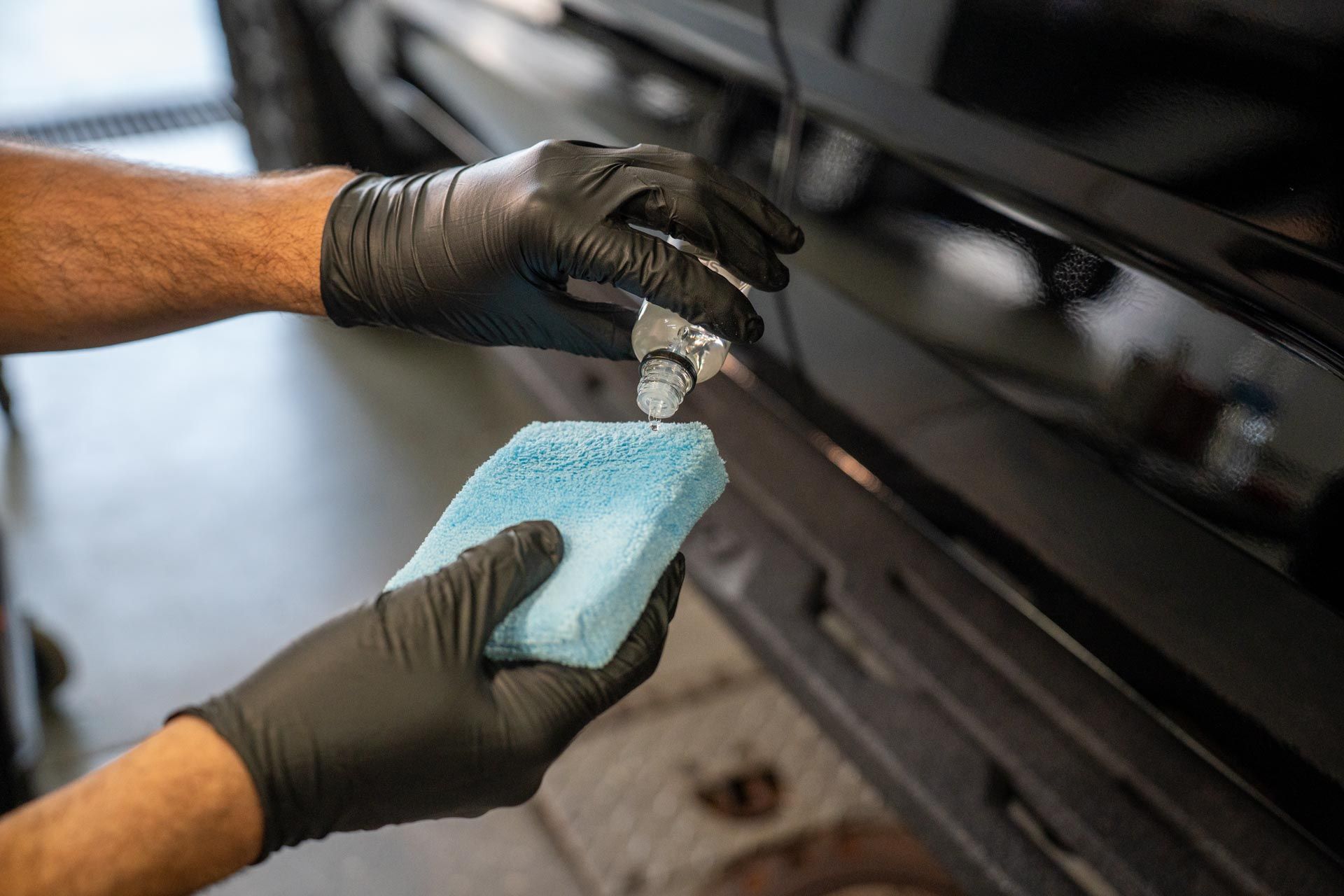New Car Paint Protection: What You Need to Know
When you invest in a new car, you aren’t just purchasing a mode of transportation. You’re investing in a prized possession, a symbol of hard work, and a testament to your style. And, just like any other investment, you’ll want to protect it. One of the first things new car owners think about is how to maintain that brand-new shine. This often leads them to the realm of paint protection. So, do new cars need paint protection?
In this article, from the expert team at Infinity Auto Styling in Bismarck, ND , we will explore the different types of protective coatings for new cars and uncover the various benefits that come with each. Let’s dive in!
Do New Cars Need Paint Protection?
Absolutely! While new cars do come with a fresh coat of paint, it is not immune to the elements. Environmental factors like UV rays, bird droppings, tree sap, dirt, and debris can erode the paint over time. Protecting your car’s paint from the beginning ensures it retains its gloss and shine for a longer period.
Do New Cars Come with A Protective Coating?
When a new car rolls out of the showroom, its paint is often gleaming, reflecting the care and attention manufacturers invest in ensuring that the first impression is nothing short of spectacular. Central to this pristine appearance is the presence of a clear coat, a specialized layer applied to the car’s exterior paintwork. This clear coat, as its name suggests, is transparent, and designed to provide both a glossy finish and a preliminary line of defense against the elements.
However, as robust as this coating might appear initially, it has its vulnerabilities. The clear coat can succumb to fine scratches, swirling patterns from improper cleaning, and damage from environmental pollutants like acid rain, salt, and road tar. While it’s true that the clear coat is essential and plays a pivotal role in preserving a vehicle’s initial charm, it isn’t a comprehensive shield. For those looking to enhance and prolong their car’s exterior brilliance, delving into the world of additional protective coatings becomes necessary.
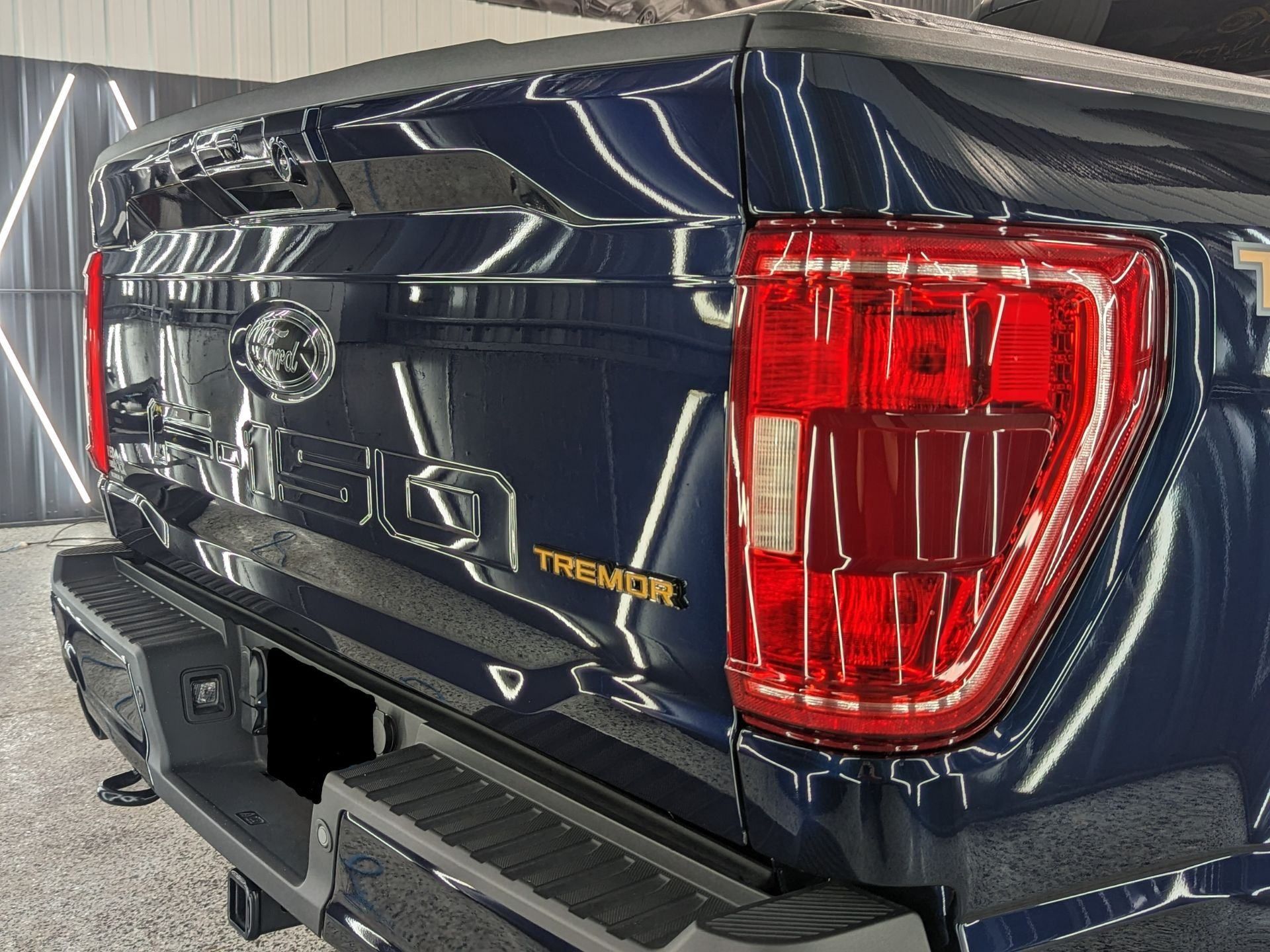
What are the Different Types of Protective Coatings for New Cars?
Here is a summary of the different types of protective coatings available for cars:
Wax
Often seen as the traditional go-to for car enthusiasts, wax has been used for decades as a primary form of protection. Derived from natural sources like carnauba, waxes impart a deep, warm shine to the vehicle’s paint. However, its protective attributes have a relatively short lifespan. To maintain the benefits, one needs to reapply the wax frequently, usually around every 2-3 months. While it might seem routine for some, for others, the constant need for reapplication can be a deterring factor.
Sealants
Progressing in the timeline of automotive care products, we encounter sealants. These are chemically engineered, synthetic solutions designed to offer protection for longer durations than traditional waxes. Sealants can bond more effectively with the car’s paint, offering up to six months of protection in most cases. Besides safeguarding against contaminants, they render a glass-like shine, enhancing the vehicle’s aesthetics.
Ceramic Coatings
Ceramic coating is a liquid polymer that, once applied, bonds with the vehicle’s factory paint, creating a sturdy layer of protection. Its potency isn’t just in its defense against contaminants but extends to safeguarding the paint against UV radiation, which can cause fading over time. Moreover, due to its hydrophobic nature, water beads up and rolls off the surface, minimizing the risk of water spots and aiding in cleaning.
Paint Protection Film (PPF)
Taking physical protection to the next level, PPF is essentially a thin sheet of durable polyurethane material that is applied directly onto the car’s surface. PPF’s primary function is to serve as a robust barrier against physical abrasions like rock chips, minor scratches, and even potential vandalism attempts. Available in clear or colored variants, PPF merges seamlessly with the vehicle’s appearance while ensuring its underlying paint remains unscathed.
Read more: Top 5 Benefits of Paint Protection Film
What Else Can You Do to Protect the Paint on Your New Car?
In addition to applying a protective layer, you can follow these guidelines to keep your car’s paint looking fresh and new:
Regular Washing
Ensure that you wash your car regularly, using proper techniques and products.
Avoid Direct Sunlight
Whenever possible, park in shaded areas to prevent prolonged exposure to UV rays.
Use Quality Cleaning Products
Invest in pH-balanced car shampoos, microfiber towels, and other high-quality cleaning tools.
Stay Vigilant
Address bird droppings, tree sap, or other contaminants as soon as possible to prevent them from damaging the paint.
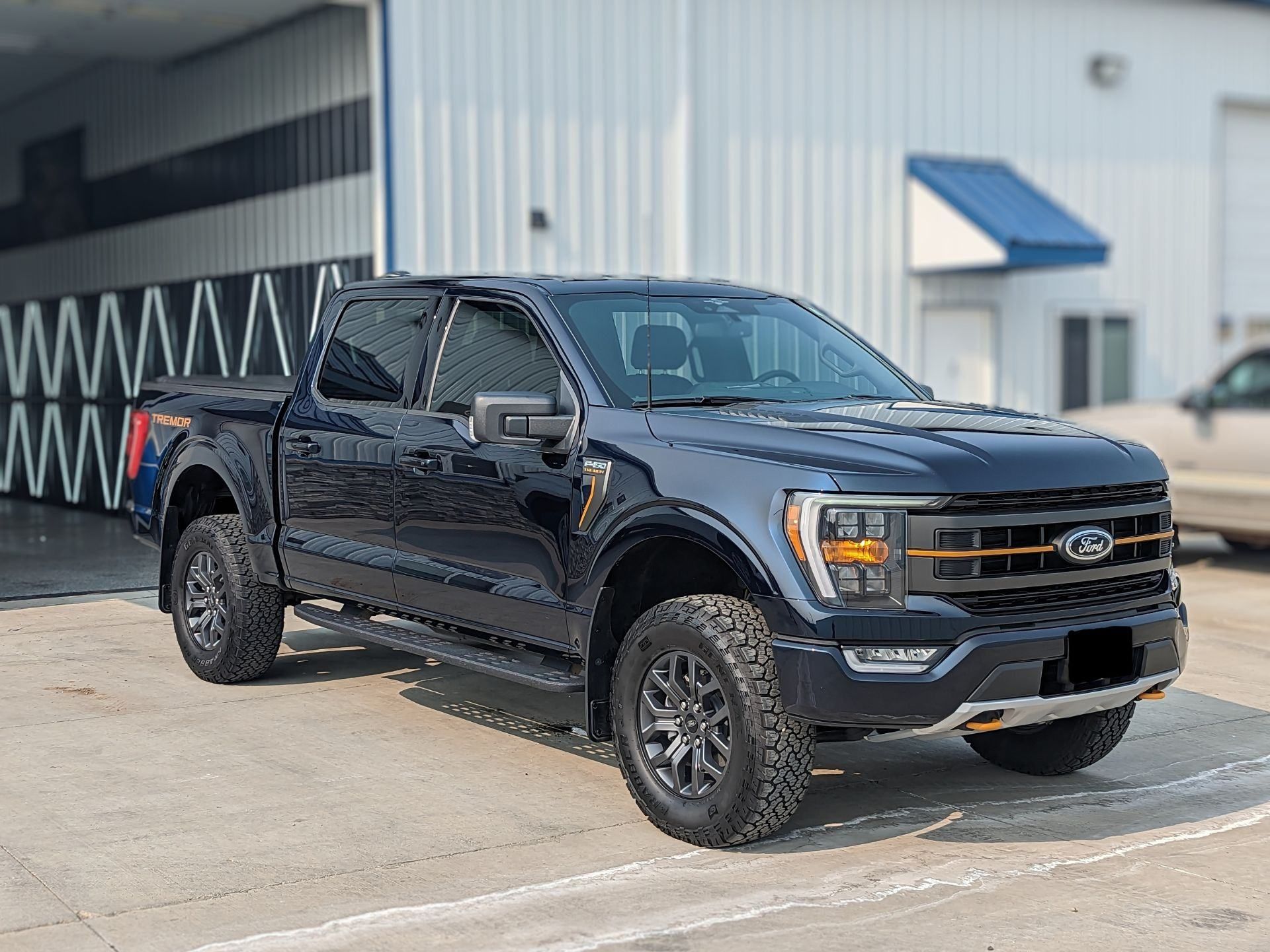
Top Quality Vehicle Protection Services in Bismarck, ND
For residents of Bismarck, ND, look no further than Infinity Auto Styling for top-notch vehicle protection services. We specialize in ceramic coating and PPF services to ensure your car remains as pristine as the day you drove it off the lot.
Schedule your service with us by calling +1 701-426-6715 or visiting our location at 2049 71st Ave NE Unit 4, Bismarck, ND 58503, United States . Don’t wait! Book your appointment today and give your new car the protection it deserves.
Infinity Auto Styling Blog
